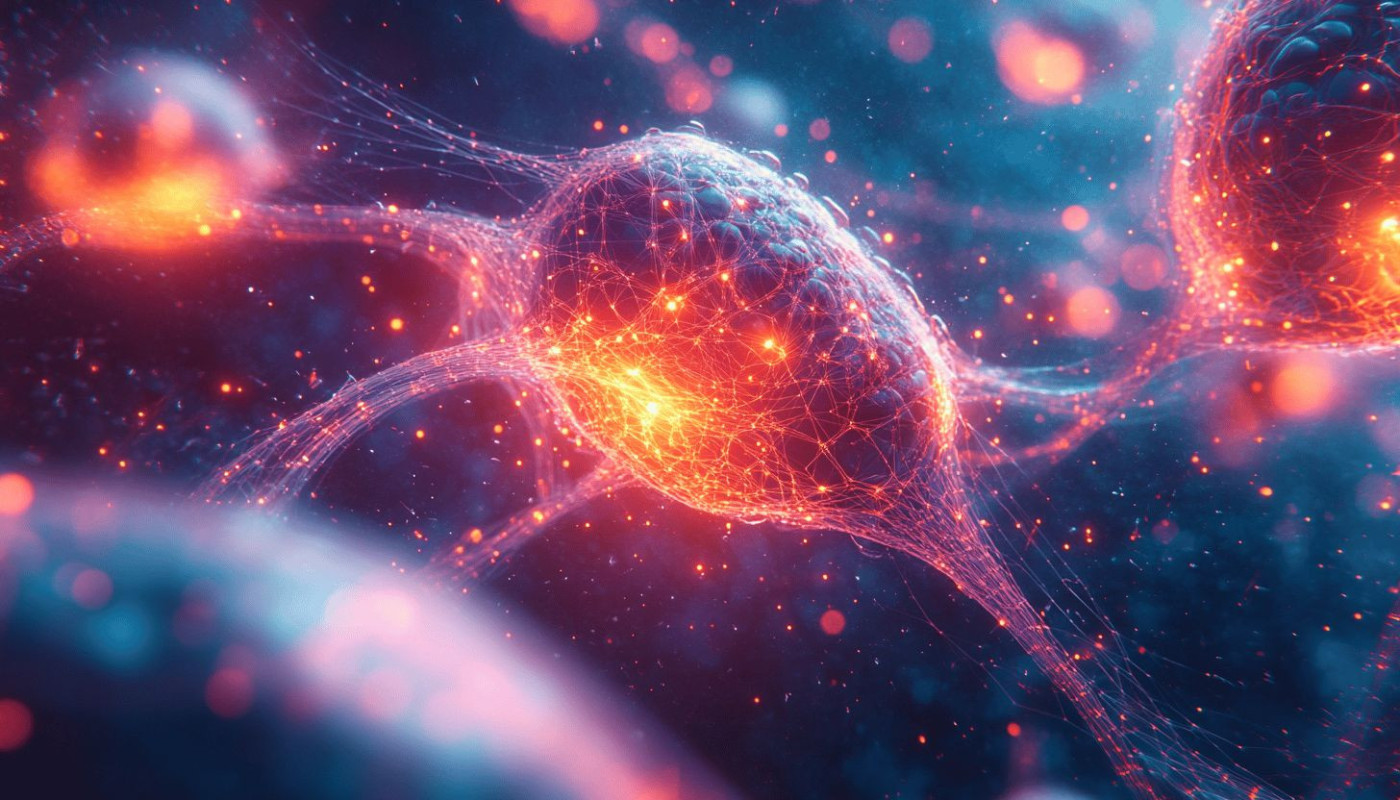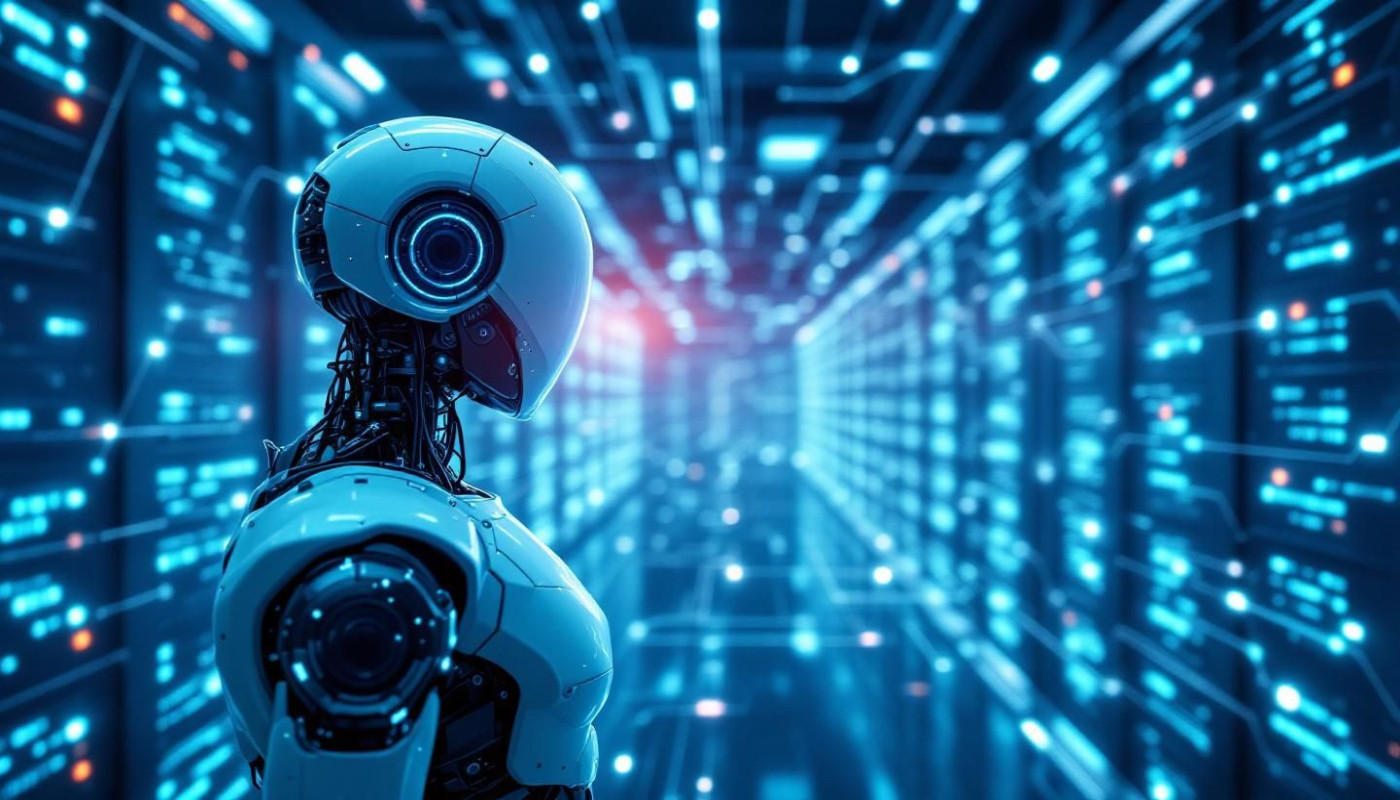Table of contents
In the fascinating realm of advanced technology, one term you may have heard buzzing around is 'Quantum Computing'. This revolutionary concept, while being a game-changer for numerous industries, remains shrouded in mystery for many. How does it work? Why is it important? What are its real-world implications? If these questions intrigue your curiosity, stick with us as we delve deep into this technological marvel and untangle the enigma that Quantum Computing presents. Expect an enlightening journey from understanding basic concepts to appreciating high-end applications.
Demystifying Quantum Computing Concepts
Quantum computing is a complex and fascinating field, the heart of which lies in the principles of Quantum Mechanics. One of the key differences setting apart quantum computers from Classical Computers is their reliance on quantum mechanical phenomena.
Instead of using bits, the basic unit of information in classical computers, quantum computers use Qubits. A qubit is a quantum system that encodes the zero and the one into two distinguishable quantum states. But, here's where quantum computers become truly unique - these qubits can exist in a state of superposition, where they can be both 0 and 1 at the same time.
In Superposition, rather than being in one state or another, qubits are in a state of multiple potentialities. Adding to this, the phenomenon of Entanglement plays a significant role in quantum computing. When qubits become entangled, the state of one qubit becomes directly related to the state of another, irrespective of the distance between them. This complex interaction allows quantum computers to process massive amounts of data simultaneously, making them exponentially more powerful than their classical counterparts.
The Building Blocks: Components of a Quantum Computer
The core of a quantum computer encompasses unique elements markedly different from their traditional counterparts. The fundamental unit is the qubit or quantum bit, which unlike the binary bit in classical computing, can exist in multiple states simultaneously. This attribute, known as superposition, expands the computational bandwidth exponentially, making quantum computers potentially faster and more powerful.
In line with these qubits, specific types of gates are in place to perform operations. These gates in quantum computers manipulate the state of qubits, influencing their interactions and consequently, the output. Some common examples include the Pauli-X, Pauli-Y, and Pauli-Z gates, each unique in their functionality and impact on qubit states.
The data processing in quantum computers (QC's) is another intriguing aspect to explore. Owing to the quantum phenomena of superposition and entanglement, QCs process information differently, allowing them to solve complex problems more efficiently. In essence, while traditional computers process data in a linear sequence, quantum computers process multiple streams of data concurrently, thus enhancing computational speed and efficiency.
The Power & Potential of Quantum Computing
The fascination surrounding quantum computing is not without cause. The core reason behind this wave of interest is traced back to the extraordinary capabilities of quantum computers (QC's) in contrast to classical systems. From a wide range of sectors, QC's have been perceived as an epitome of unprecedented potential due to their proficiency in tackling intricate problems with enhanced efficiency. In the area of simulations, QC's have proven their worth by providing accurate representations of physical systems, a feat previously deemed unattainable by classical computing methods. This problem-solving power offered by QC's is a quintessential example of their potential, shedding light on why they are regarded as a game changer in the world of technology.










